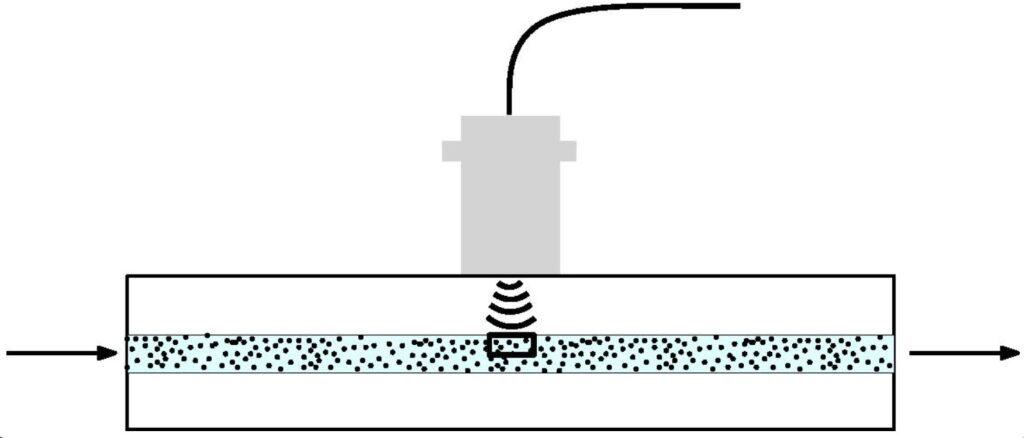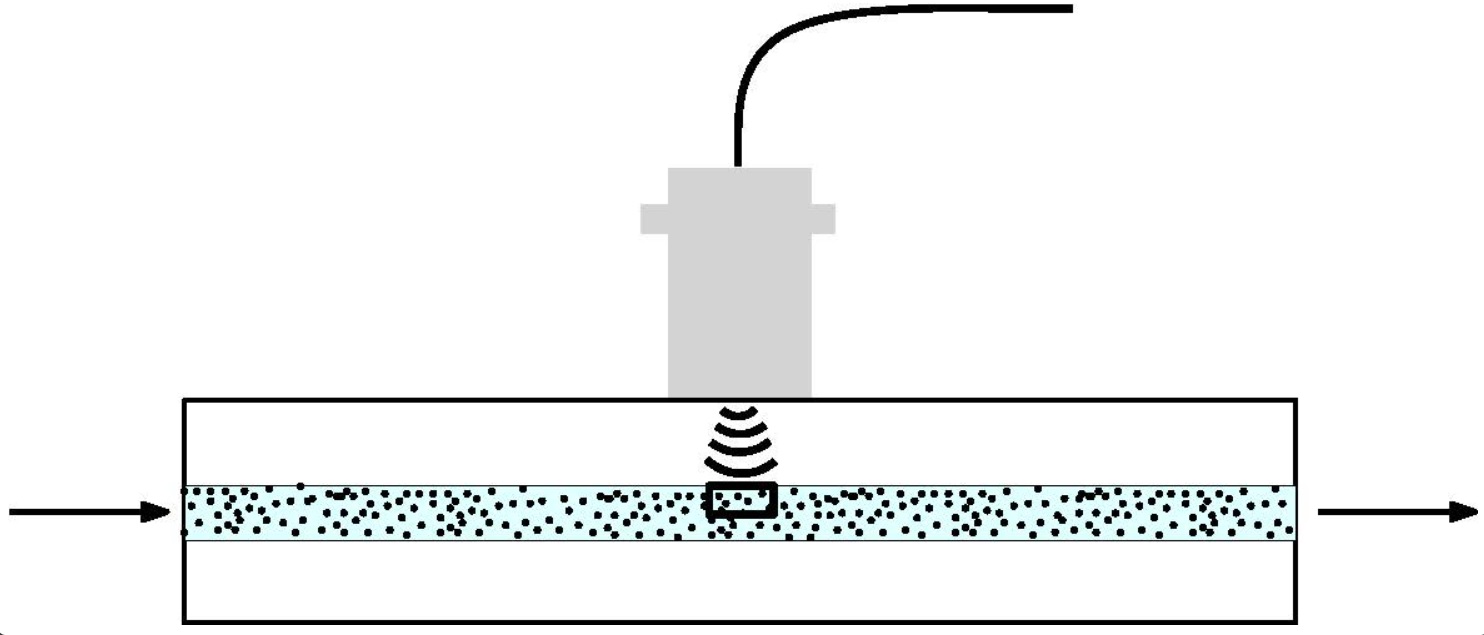Project Lead: Alicia Clark, Mechanical Engineering
eScience Liaisons: Bernease Herman and Valentina Staneva
Ultrasound (US) is a safe and non-invasive imaging method commonly used in healthcare and clinical applications due to its high spatial and temporal resolution. However, there are areas of the body where low contrast makes it difficult to obtain high quality images needed for medical diagnosis. This limitation led to the development of microbubbles that can be injected into the circulation to increase contrast between tissue and surrounding vasculature. These microbubbles, with diameters typically between 1 and 10 micrometers, are known as ultrasound contrast agents (UCAs).
UCAs have a potential application in targeted drug delivery because the fluctuating pressure field associated with the ultrasound waves exerts a net force on the microbubbles that can be used to manipulate them inside the human body. This phenomenon, known as the Bjerknes force, needs to be further explored and quantified since it can potentially be used to direct the microbubbles towards a targeted area. The microbubbles could then be used to help image small blood vessels that support the growth of a tumor, and they could potentially be used to suffocate the tumor by expanding in these small vessels (embolism). It is also possible that these bubbles can be used for intracellular gene-delivery. Previous theoretical and experimental work explored the dynamics of UCAs under ultrasound excitation. It showed the Bjerknes force arising from the phase difference between incoming US pressure waves and bubble volume oscillations can be used to manipulate the trajectories of microbubbles. This work has contributed a significant understanding of microbubble behavior in quiescent or uniform flows; however, it has not focused on microbubbles in physiologically realistic flows. Our work explores the behavior of microbubbles in medium sized blood vessels under both uniform and pulsatile flows at a range of physiologically relevant Reynolds and Womersley numbers.


